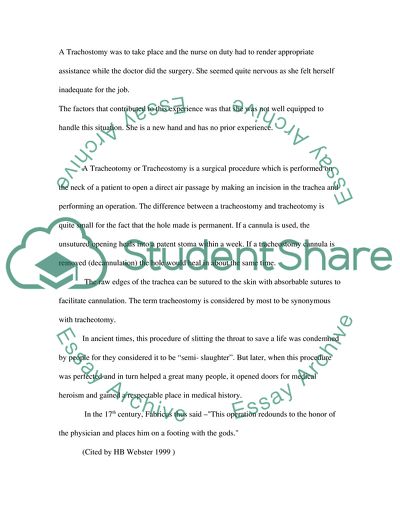Cite this document
(The Concept of Reflective Nursing Assignment Example | Topics and Well Written Essays - 2250 words, n.d.)
The Concept of Reflective Nursing Assignment Example | Topics and Well Written Essays - 2250 words. https://studentshare.org/nursing/1706530-reflective-nursing-preforming-a-traceostomy
The Concept of Reflective Nursing Assignment Example | Topics and Well Written Essays - 2250 words. https://studentshare.org/nursing/1706530-reflective-nursing-preforming-a-traceostomy
(The Concept of Reflective Nursing Assignment Example | Topics and Well Written Essays - 2250 Words)
The Concept of Reflective Nursing Assignment Example | Topics and Well Written Essays - 2250 Words. https://studentshare.org/nursing/1706530-reflective-nursing-preforming-a-traceostomy.
The Concept of Reflective Nursing Assignment Example | Topics and Well Written Essays - 2250 Words. https://studentshare.org/nursing/1706530-reflective-nursing-preforming-a-traceostomy.
“The Concept of Reflective Nursing Assignment Example | Topics and Well Written Essays - 2250 Words”. https://studentshare.org/nursing/1706530-reflective-nursing-preforming-a-traceostomy.


